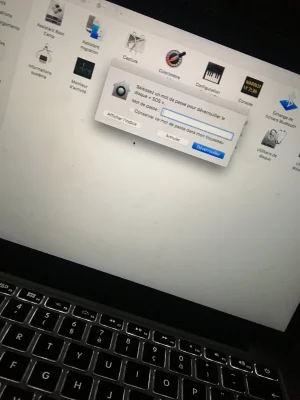M
Membre supprimé 1060554
Invité
Parfait !
Nous poursuivons la manœuvre à présent --> passe les commandes (l'une après l'autre ; en copier-coller) :
Ces 2 commandes passées l'une après l'autre > et avec succès je le supposerai ici pour abréger les affichages --> repasse un nouveau :
=> je te dirai si tout est en ordre pour la finalisation des opérations : clonage de SOS dans Macintosh HD > démarrage sur Macintosh HD > suppression de l'apfs du bas du disque > récupération de son espace...
Nous poursuivons la manœuvre à présent --> passe les commandes (l'une après l'autre ; en copier-coller) :
Bloc de code:
diskutil ap deleteContainer disk1 "Macintosh HD"
diskutil ap convert disk0s2- la 1ère supprime le Conteneur apfs du haut > ce qui reformate la partition disk0s2 en jhfs+ (= Mac OS étendu journalisé) > et remonte un volume intitulé Macintosh HD
- la 2è reconvertit le volume Macintosh HD à un apfs minimal : un Conteneur avec rien qu'un seul volume Macintosh HD > sans les volumes auxiliaires antérieurs qui étaient solidaires de l'ancienne installation
Ces 2 commandes passées l'une après l'autre > et avec succès je le supposerai ici pour abréger les affichages --> repasse un nouveau :
Bloc de code:
diskutil list- et poste le tableau des disques une nouvelle fois mis-à-jour
=> je te dirai si tout est en ordre pour la finalisation des opérations : clonage de SOS dans Macintosh HD > démarrage sur Macintosh HD > suppression de l'apfs du bas du disque > récupération de son espace...



